From Floodplains to High Andes
The Amazon basin has few large lakes completely surrounded by uplands. However, some slow-flowing river channel water bodies can be considered lakes in function. There are two basic lake types in the Amazon Basin separated by elevation. Andean lakes are found at elevations usually above 3,500 m. The largest lake in the Andes is Titicaca but it does not drain into the Amazon Basin. The largest lake in the Amazon Basin is Lake Junín of Central Peru located in the upper Ucayali Basin at about 4,800 meters. There are hundreds of smaller Andean lakes, usually called in Spanish lagunas rather than lagos, and many are fed, at least in part, by glaciers.
The open water bodies that stud Amazonian floodplains represent the second type of lake and are found only in the lowlands. Meandering rivers such as the Ucayali, Purus and Juruá have hundreds of floodplain oxbow lakes, often in the shape of a horseshoe. Although the Amazon River has minimal meandering its floodplain nevertheless has numerous depressions where lakes because of extensive flooding where water depth is sufficient to prevent colonization by forest. The largest floodplains lakes are found in the lower Amazon River floodplain near Santarém where some reach areas larger than 50 km2 even during the low water season. The largest savanna lakes in the Amazon basin are located in Eastern Bolivia, such as the Lago Rogaguado and Lago Ginebra in the Llanos de Moxos.
Seasonal lakes, such as those recognized by Ramsar Convention on Wetlands, also occur in the Amazon basin. These are found on floodplains, savannas, and in some of the drier regions of the high Andes.
-
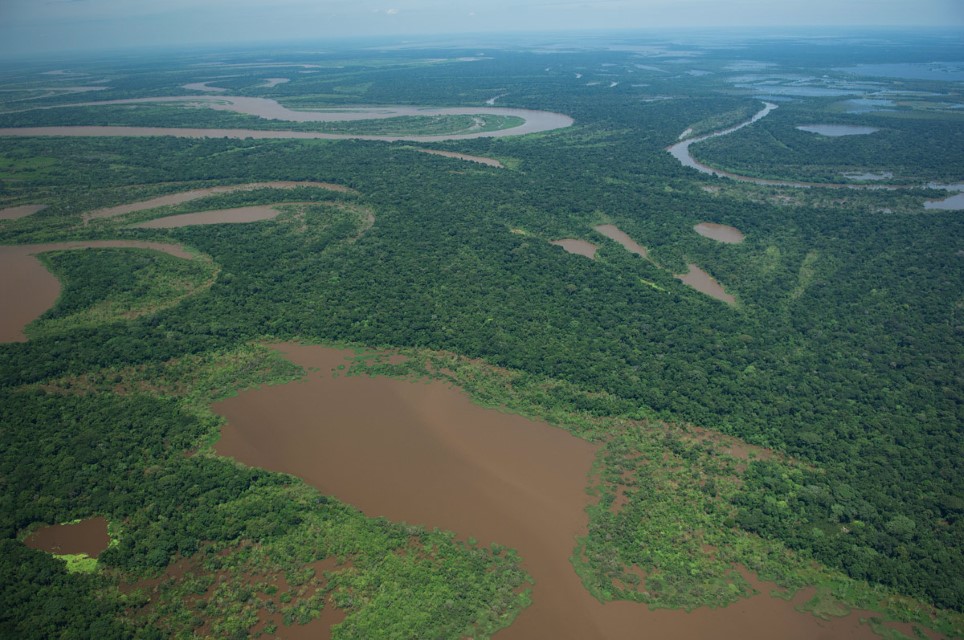
Lagos 01
Flooded forest and floodplain lakes in Eastern Bolivia. Department – Country: El Beni – Bolivia Main Basin – Sub Basin: Madeira – Mamoré Main Stem Photographer: Luiz Claudio Marigo
-
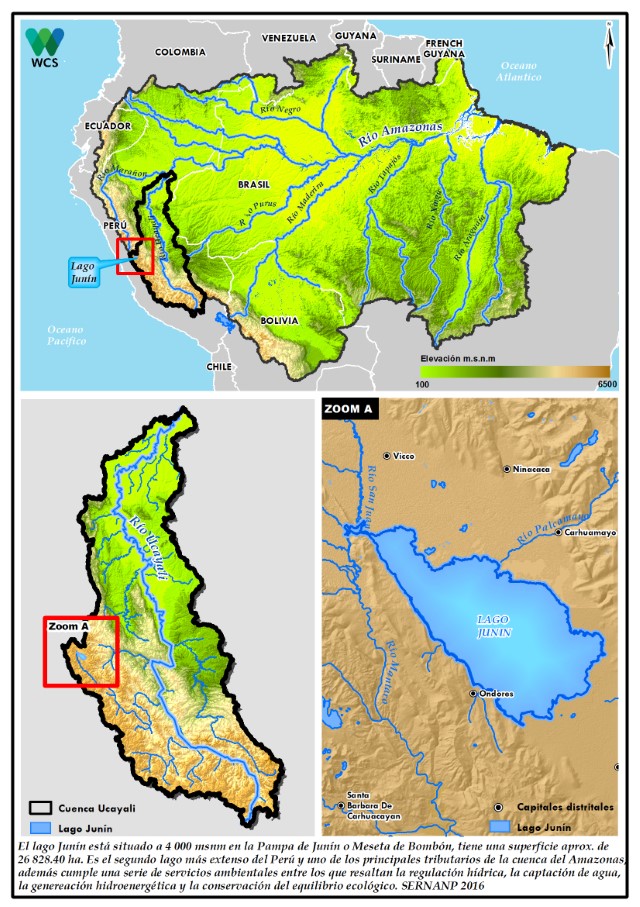
Lagos 02
-
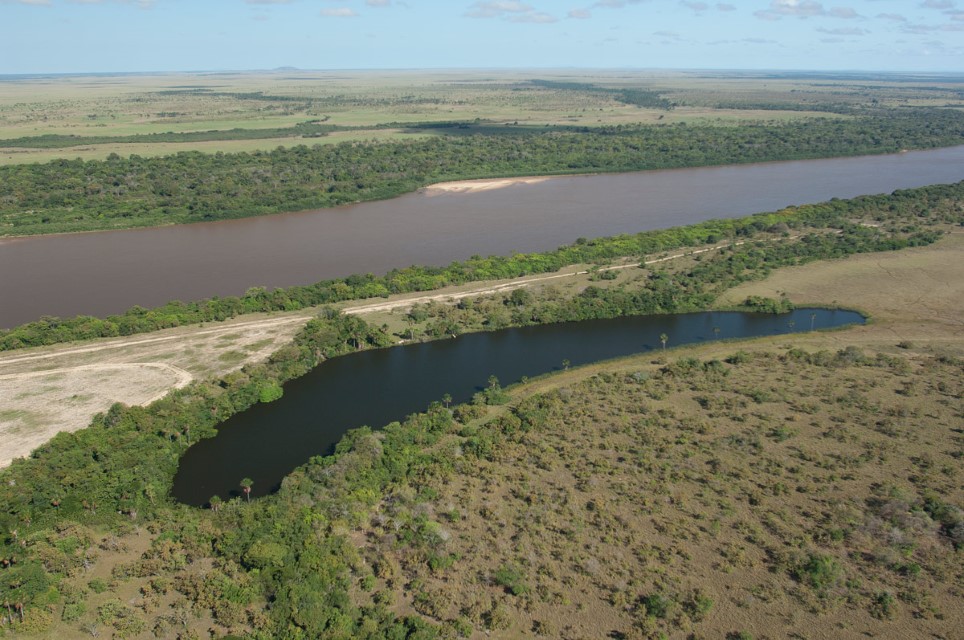
Lagos 03
The floodable savannas of Roraima largely dry up during the non-rainy season. Department – Country: Roraima – Brazil Main Basin – Sub Basin: Negro – Branco Main Stem Photographer: Luiz Claudio Marigo
-

Lagos 04
Wetland forest along rivers and an oxbow lakes in the southwestern Amazon Basin. Department – Country: Santa Cruz – Bolivia Main Basin – Sub Basin: Madeira – Mamoré Main Stem Photographer: Luiz Claudio Marigo
-

Lagos 05
Amazon River floodplain lake environments Department – Country: Amazonas – Brazil Main Basin – Sub Basin: Amazon Main Stem – Eastern Amazon Main Stem Photographer: Luiz Claudio Marigo
-

Lagos 06
Low-water lake of the eastern Amazon River floodplain. Department – Country: Pará – Brazil Main Basin – Sub Basin: Amazon Main Stem – Eastern Amazon Main Stem Elevation: 32 Photographer: Michael Goulding
-
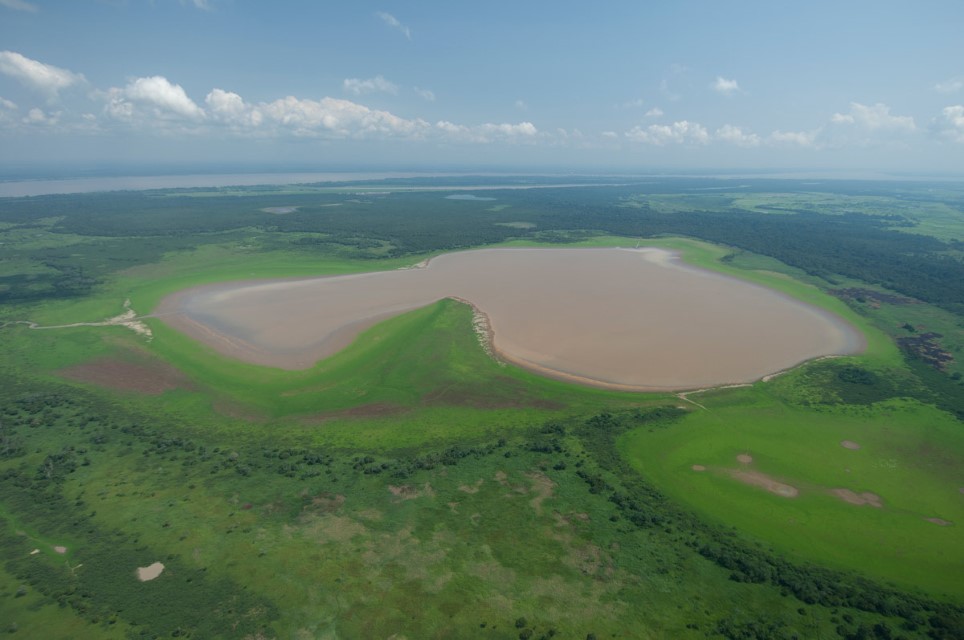
Lagos 07
Isolated Amazon River floodplain lake during the low water period. Department – Country: Amazonas – Brazil Main Basin – Sub Basin: Amazon Main Stem – Eastern Amazon Main Stem Photographer: Luiz Claudio Marigo
-
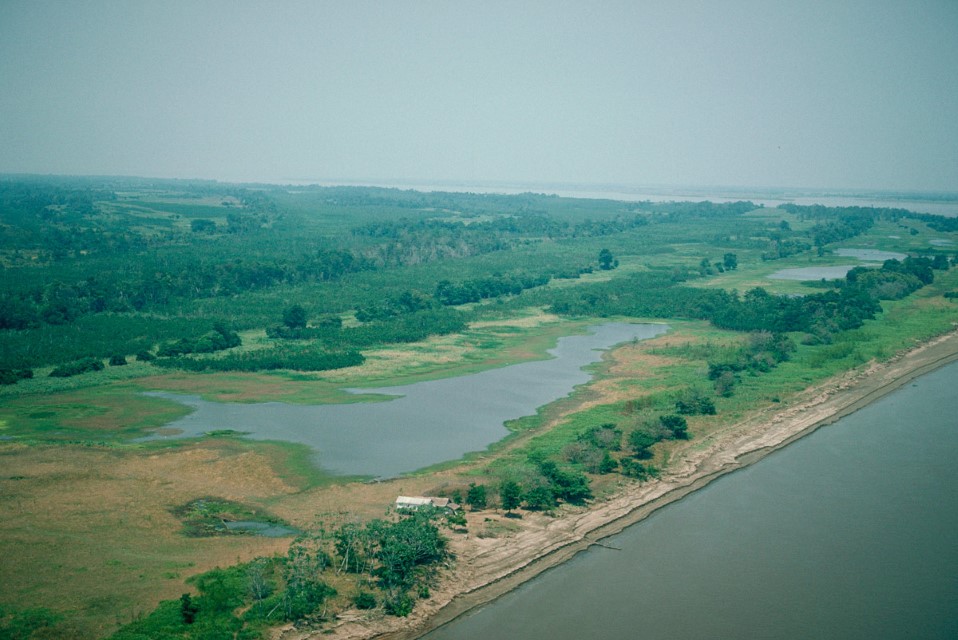
Lagos 08
Low-water floodplain lake of the eastern Amazon River. Department – Country: Pará – Brazil Main Basin – Sub Basin: Amazon Main Stem – Eastern Amazon Main Stem Elevation: 32 Photographer: Michael Goulding
-
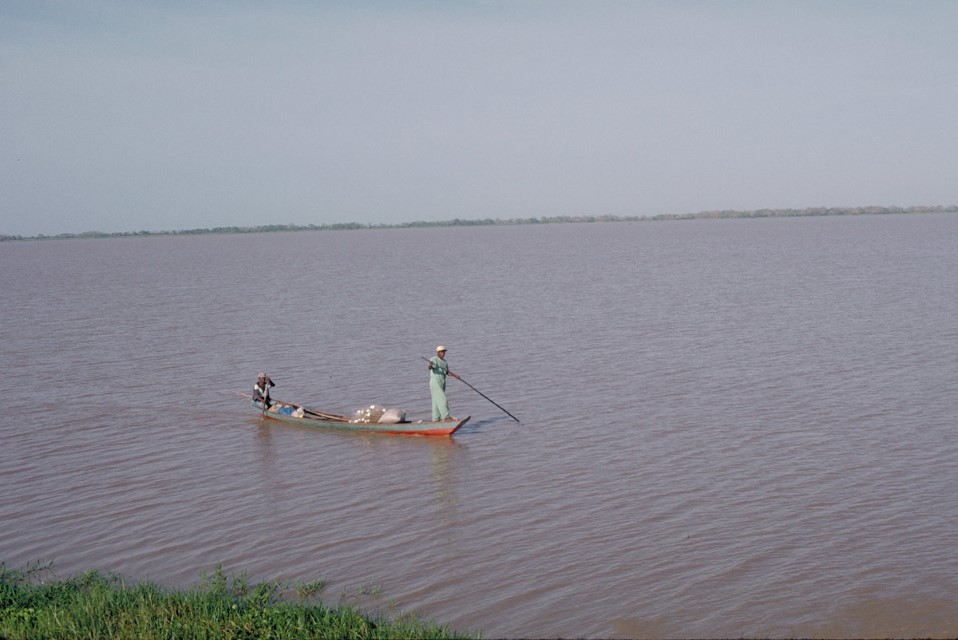
Lagos 09
Lake Arari of eastern Marajó Island is an important wetland for local fisheries. Department – Country: Pará – Brazil Main Basin – Sub Basin: Estuary – South Amazon Estuary Elevation: 3 Photographer: Michael Goulding
-

Lagos 10
High elevation Andean lake with glaciers in the background. Department – Country: Puno – Perú Main Basin – Sub Basin: Madeira – Madre de Dios Elevation: 4607 Photographer: André Baertschi
-

Lagos 11
High elevation Andean lake with glacier in the background. Department – Country: Puno – Perú Main Basin – Sub Basin: Madeira – Madre de Dios Elevation: 4621 Photographer: André Baertschi
-

Lagos 12
Low-water floodplain lake of the eastern Amazon River. Department – Country: Pará – Brazil Main Basin – Sub Basin: Amazon Main Stem – Eastern Amazon Main Stem Elevation: 32 Photographer: Michael Goulding
-
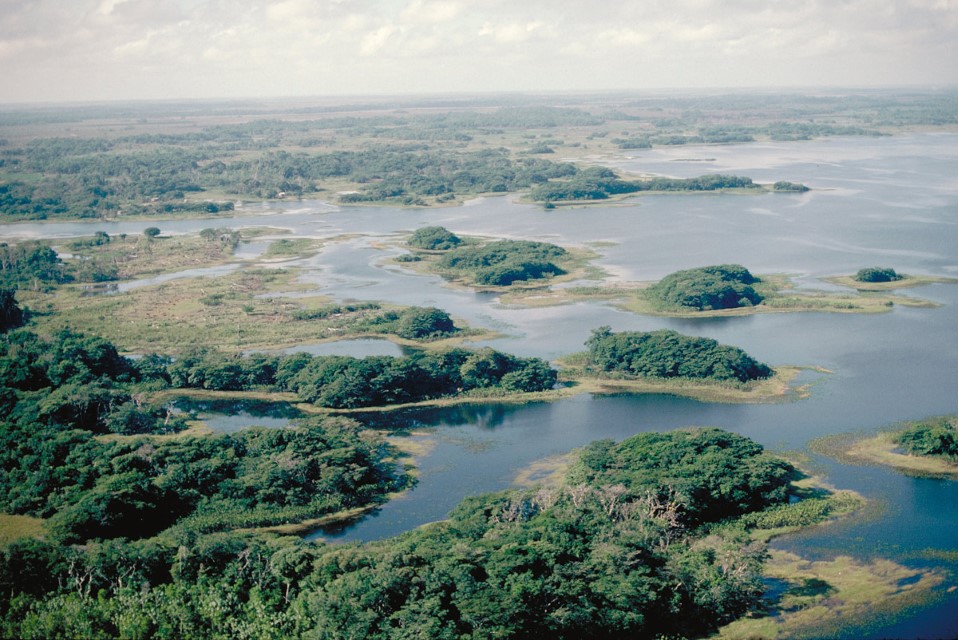
Lagos 13
Lake-like savanna wetland of the north coast of the Amazon region. Department – Country: Amapá – Brazil Main Basin – Sub Basin: North Coast Basins – Araguari Elevation: 14 Photographer: Michael Goulding
-
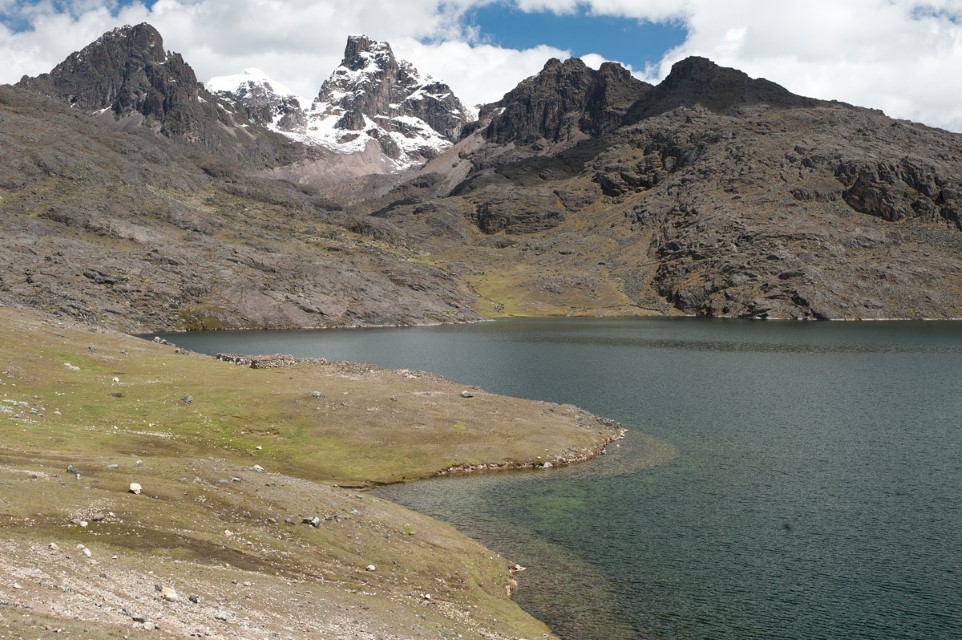
Lagos 14
High elevation Andean lake with glaciers in the background. Department – Country: Puno – Perú Main Basin – Sub Basin: Madeira – Madre de Dios Elevation: 4637 Photographer: André Baertschi
-
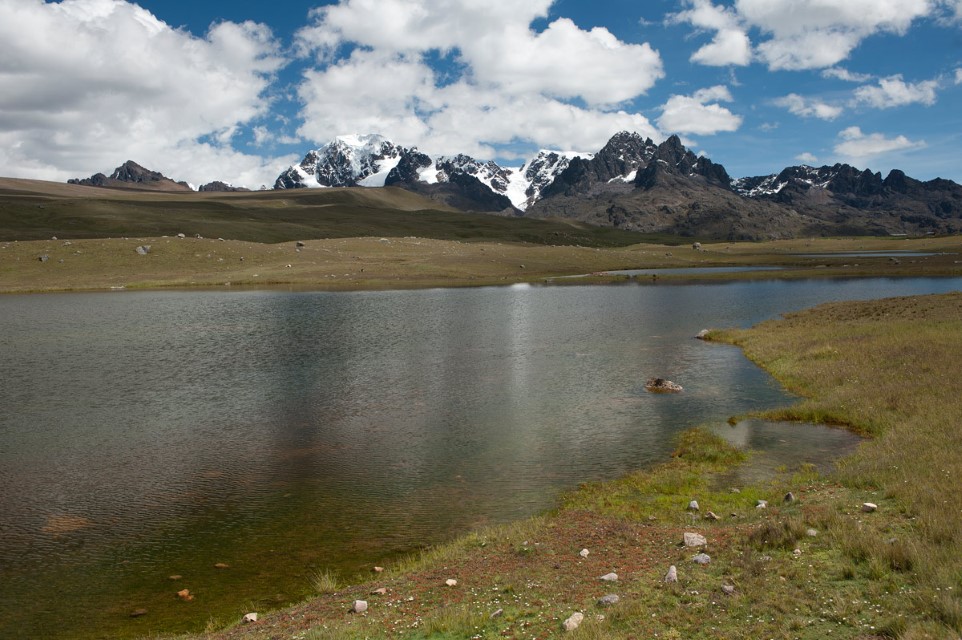
Lagos 15
High elevation Andean lake with glaciers in the background. Department – Country: Puno – Perú Main Basin – Sub Basin: Madeira – Madre de Dios Elevation: 4634 Photographer: André Baertschi
-
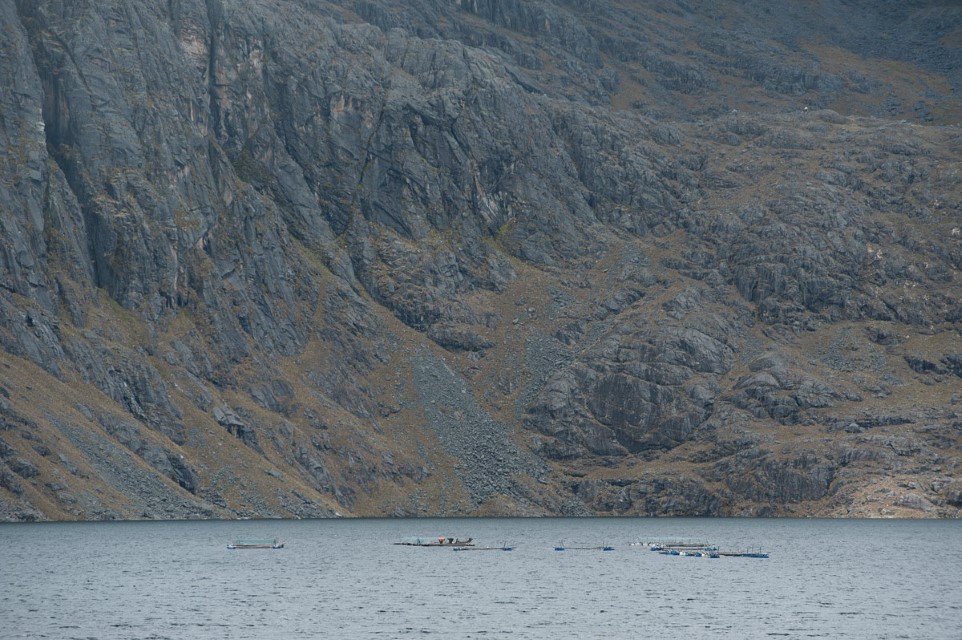
Lagos 16
High elevation Andean lake with aquaculture cages for trout farming. Department – Country: Puno – Perú Main Basin – Sub Basin: Madeira – Madre de Dios Elevation: 4450 Photographer: André Baertschi
